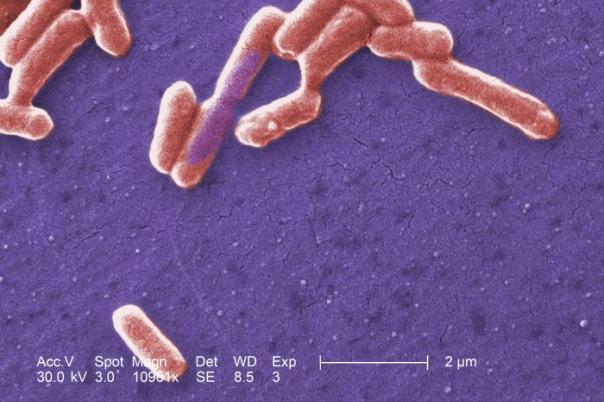The team builds fluorescent imaging tools that range from very small fluorophores and fluorescent molecules in peptide scaffolds to heavier fluorescent proteins, helping to span diverse product targets. This presentation covers two examples of fluorescent peptides and one example of a fluorescent protein. All these fluorescent molecules share a common utility as probes in understanding both the innate and adaptive immune systems.
Cell Penetrating Peptides
First, Vendrell discussed Ferran Nadal-Bufi’s work on cell penetrating peptides. He wanted to find a way to put the smallest possible tag in a cell penetrating peptide without modifying the peptide’s properties. Then, he could use imaging to understand where the peptide travels inside the cell.
The strategy that the team came up with uses extra small benzodiazole fluorophores with a palladium activated group which reacts exclusively with cysteine – this results in a cysteine-tagged peptide. This means that the fluorophore has the ability to be introduced in an unprotected peptide or protein. Other benefits include the fluorophore’s small, non-perturbative molecular weight of only 200 Daltons, and its fluorogenicity, allowing it to be used in wash-free real-time imaging.
Antibody Drug Conjugates
In the second example in collaboration with AbbVie, the team engineered a fluorophore that can monitor the location of antibody-drug conjugates within cells and determine when the drug payload is released.
This fluorophore was based on the chemical naphthylamide with three legs attached. One leg was used for antibody conjugation using lysine residues. Another was used for monitoring the subcellular location of the fluorophore due to its pH sensitivity. And the final leg used a ‘caging group’ which could quench the fluorescence until the payload was released
Imaging T Cell Activity
The final example that Vendrell discussed involved creating a fluorogenic peptide to visualise T cell activity in real time, specifically their interaction with cancer cells. To do this, the team set about creating a fluorogenic peptide that could monitor the release of the cytotoxic enzyme granzyme B by T cells.
An approach using highly optimised FRET-based peptides allowed researchers to monitor when T cells release granzyme B to kill cancer cells, providing valuable insights into immune responses.
Clinical Applications
The research team's work on fluorescent peptides and proteins has significant potential for clinical applications, with some peptides already tested in human subjects. This represents a major advancement in using fluorescent reagents for imaging in clinical settings.





